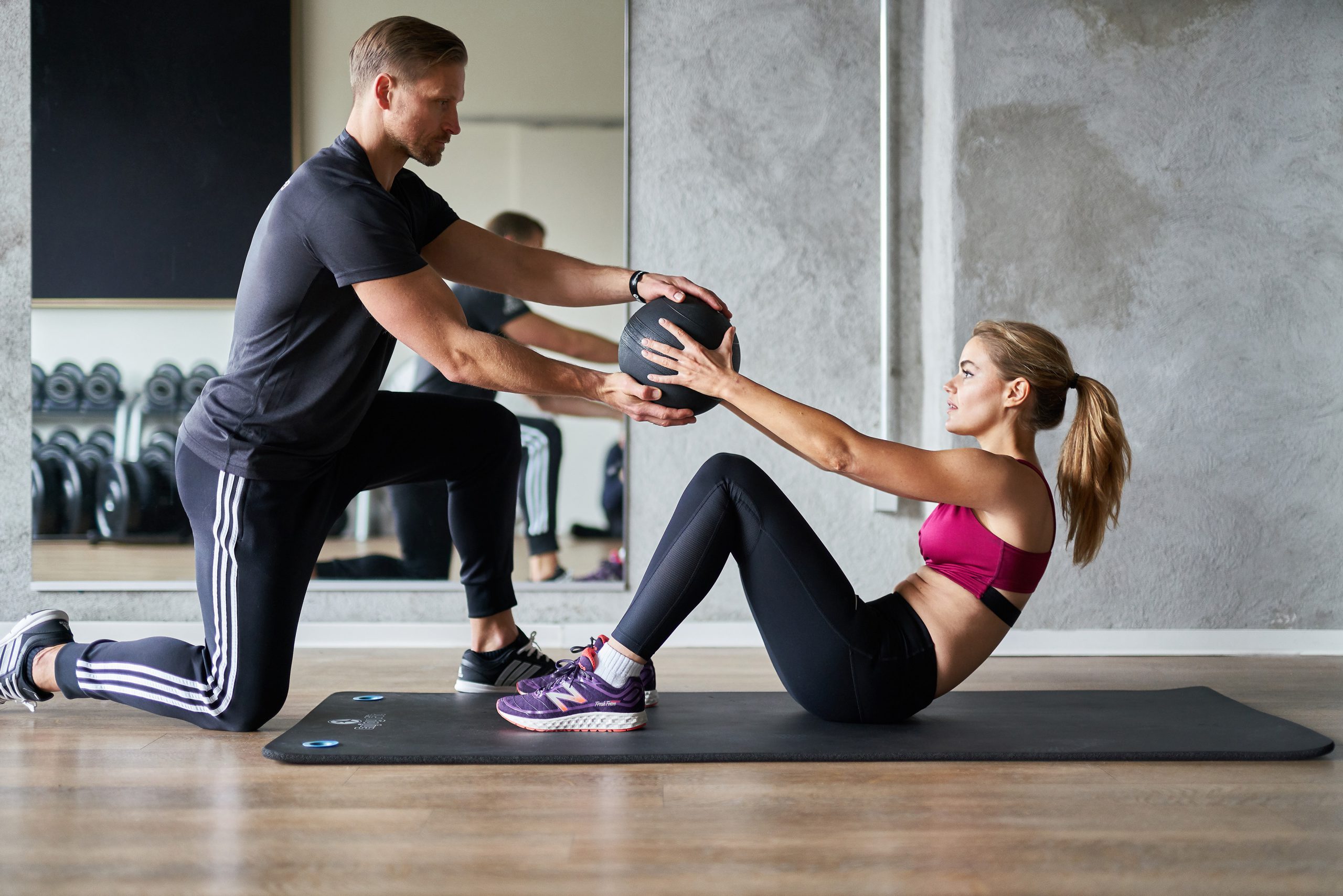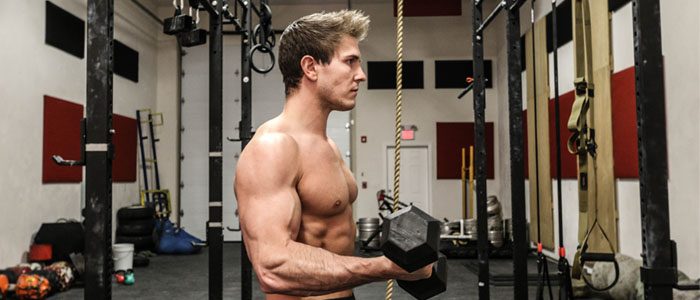It is evident that prior to a game or any activity that requires exertion, a warm-up session is necessary to loosen your muscles and joints in order to properly engage in the activity. Stretching sessions on a daily basis are also helpful to keep your body healthy and fit. As far as new runners are concerned, here is all what need to know about static and dynamic stretching.
Dynamic vs. Static stretching
Static stretching usually holds a particular joint or a muscle in a position. The joint or muscle on which the stretching exercises are done are the ones that are minimally challenging. Static stretching is focused on relaxing a body part; the joint or the muscle that is being concentrated upon by allowing it go further on its own. Research shows that performing static stretches on the body part by holding it in a position for about 30 to 60 seconds helpimprove its flexibility. Conversely, researchalso shows that if done prior to an activity, they also restrain its flexibility.
On the other hand, dynamic stretching stretches the body part through a challenging, repetitive motion. This type of stretching improves the flexibility of the joint or the muscle by moving it apart further with every round of stretching exercises performed.These stretches will improve the tissue flexibility and hence will enhance its performance and also protect it from overuse injuries. Including these stretches as a warm-up routine will help improve body flexibility and enhance performance; which are essential for the successful growth of a new runner.

To do before you run
- Inchworms
Begin with the position for a push-up. Then bring your legs closer to your hands as close as possible; by walking small steps.When you cannot bring your legs closer to your hands any further, walk with your hands to return to a push-up. Then, lie on your stomach and form an arch with you back up so as to stretch your spine.
- Leg swings
Stand next to a wall sideways and then swing the leg that is not between you and the wall backwards and forward. While swinging the leg, increase the height each time.
To do after you run
- Legion
Stay on the ground, bend your right leg and bring it to the front of your body while your left leg is behind you.
- Frog stretch
With your feet placed at a shoulder length apart, turn your toes out and perform a squat; bending down as low as possible. Then, using your elbows press your knees open.
Now that you know about exercises both before and after you run, include them in you work-out routine and run towards your success.














